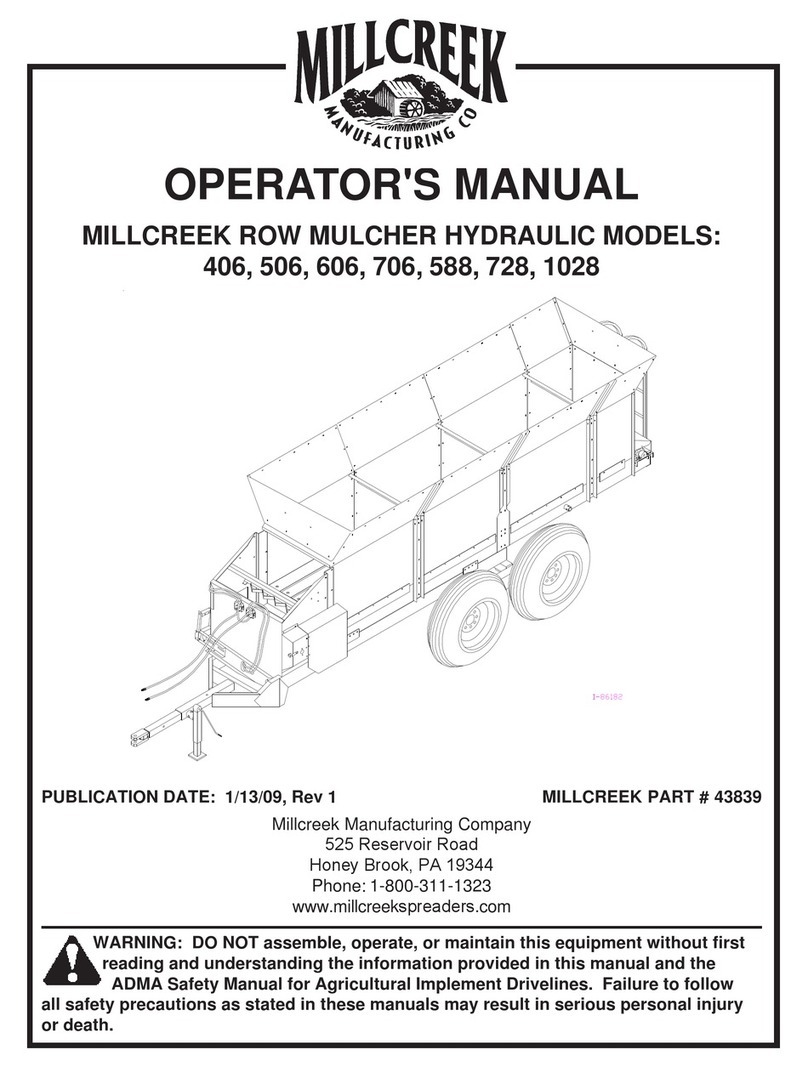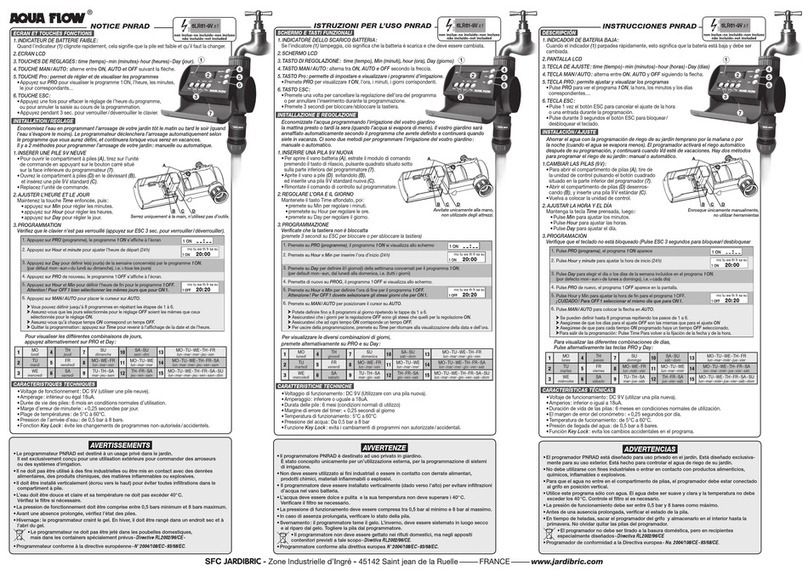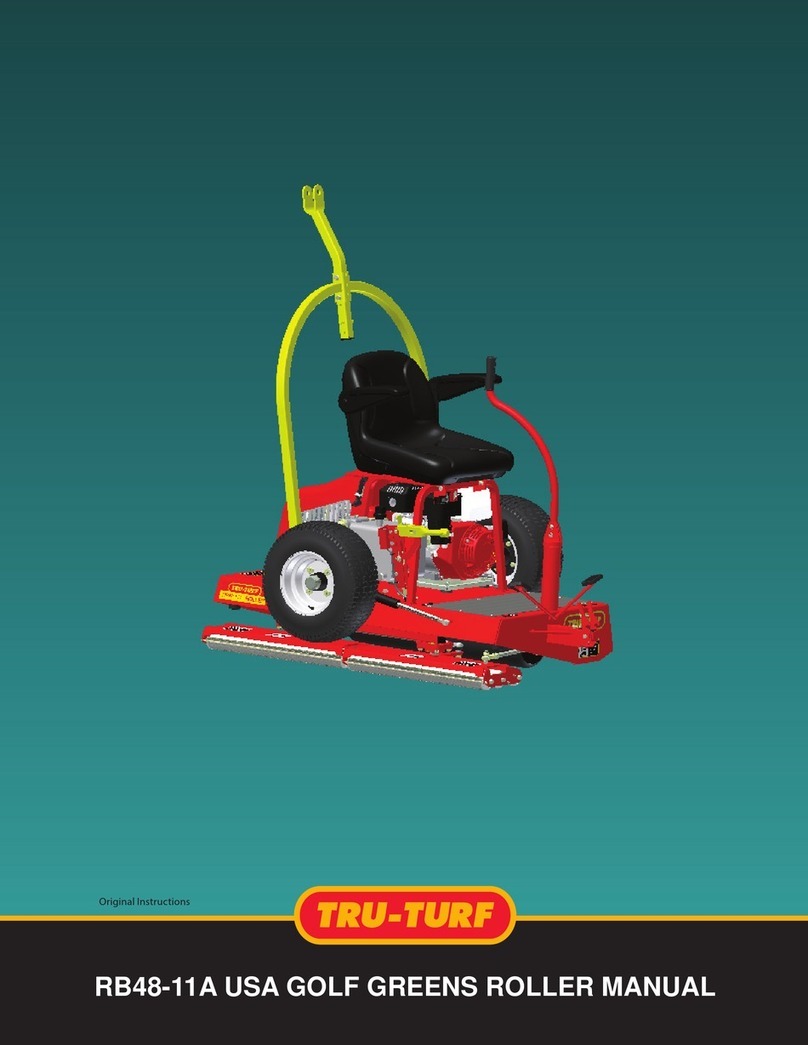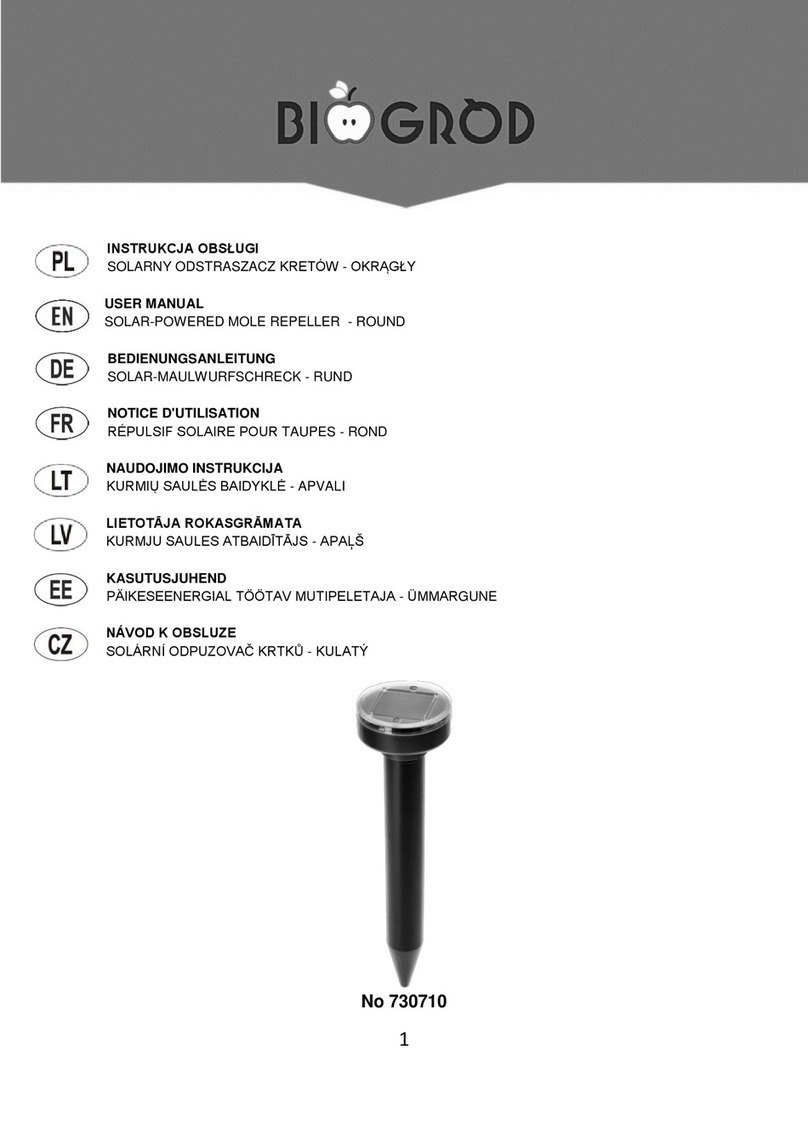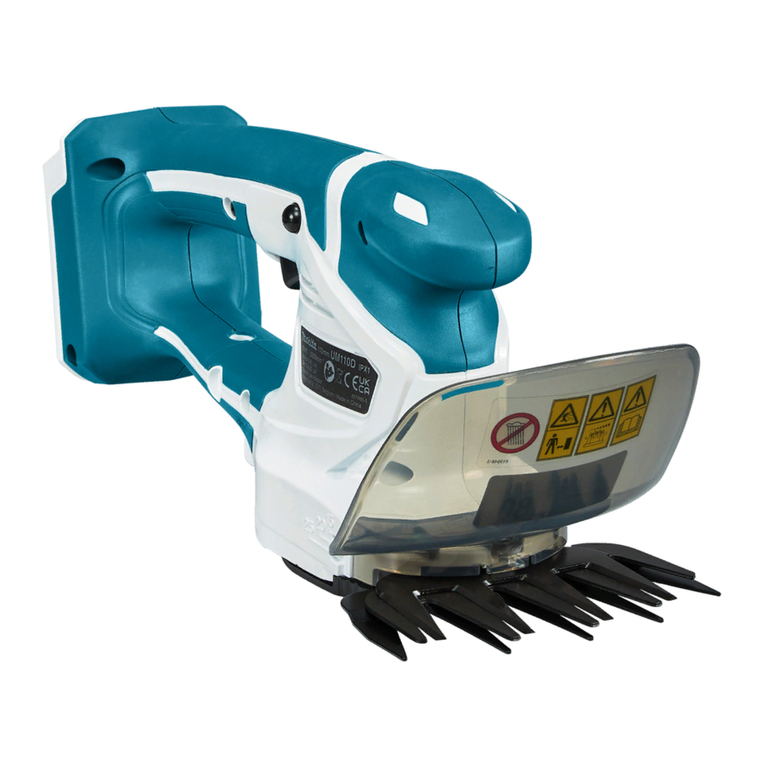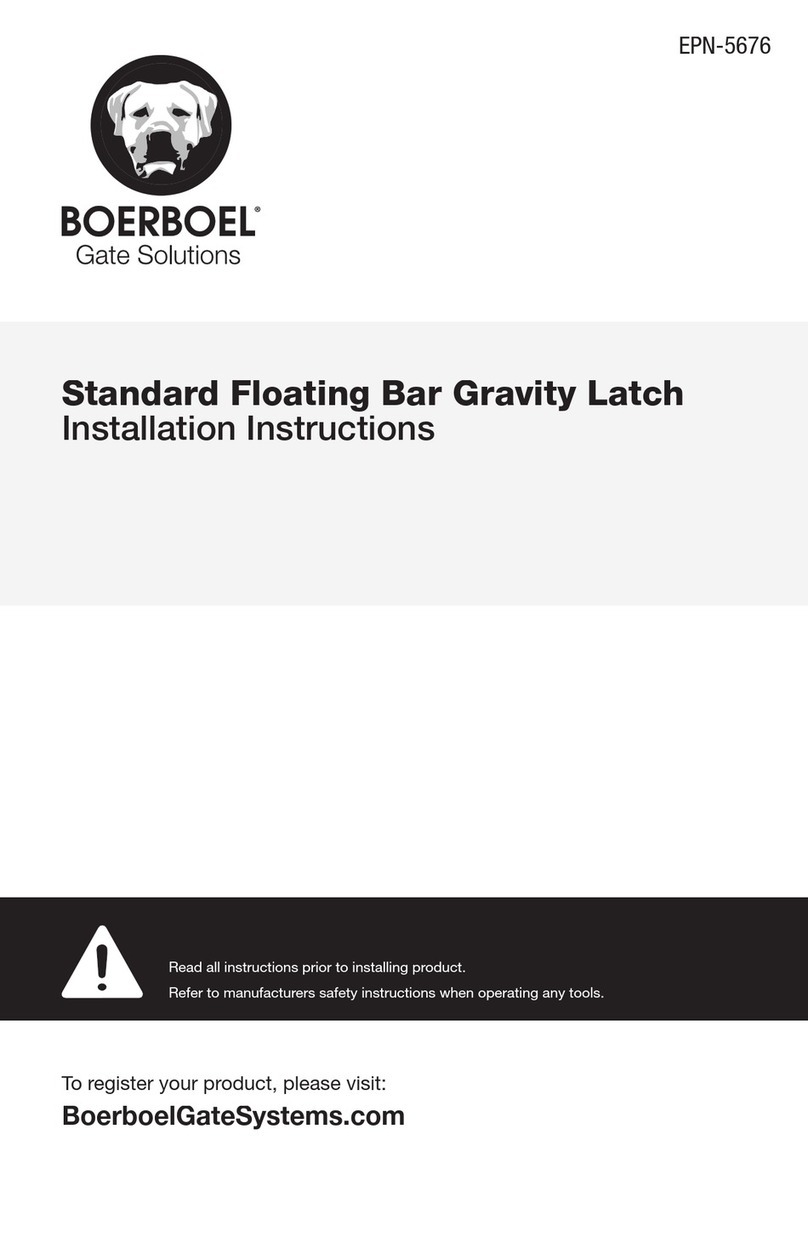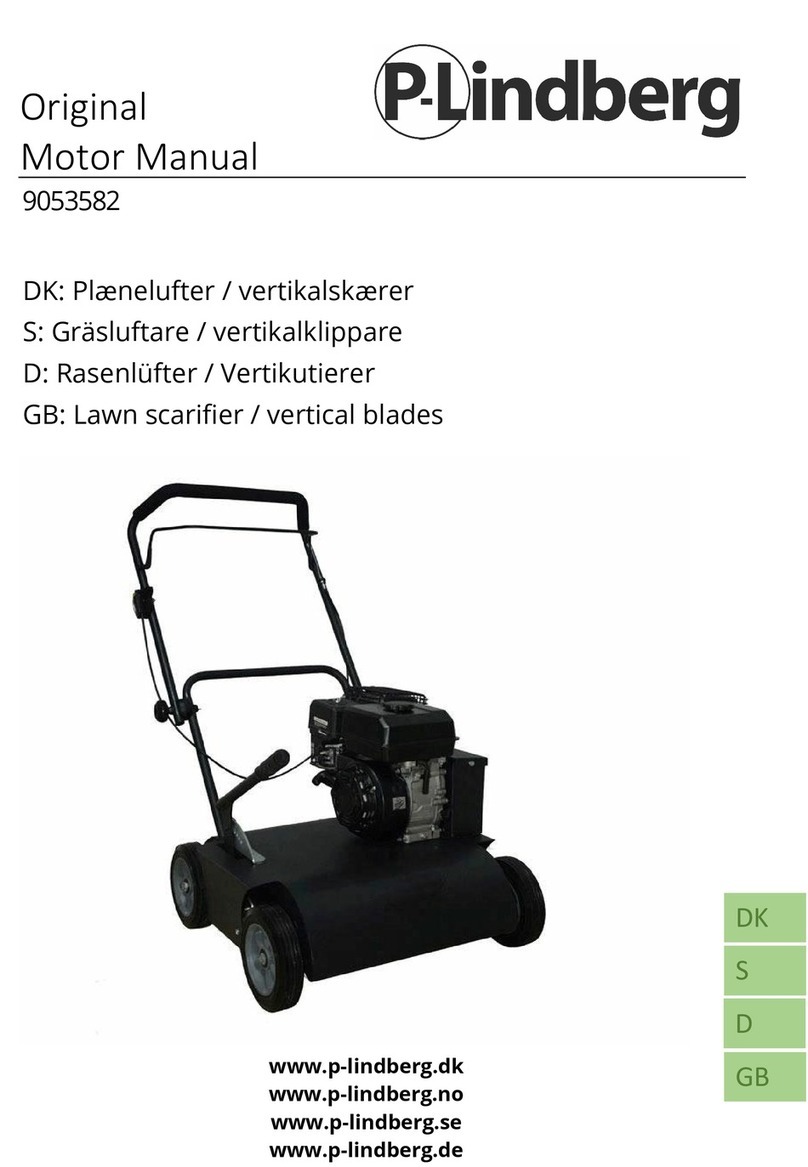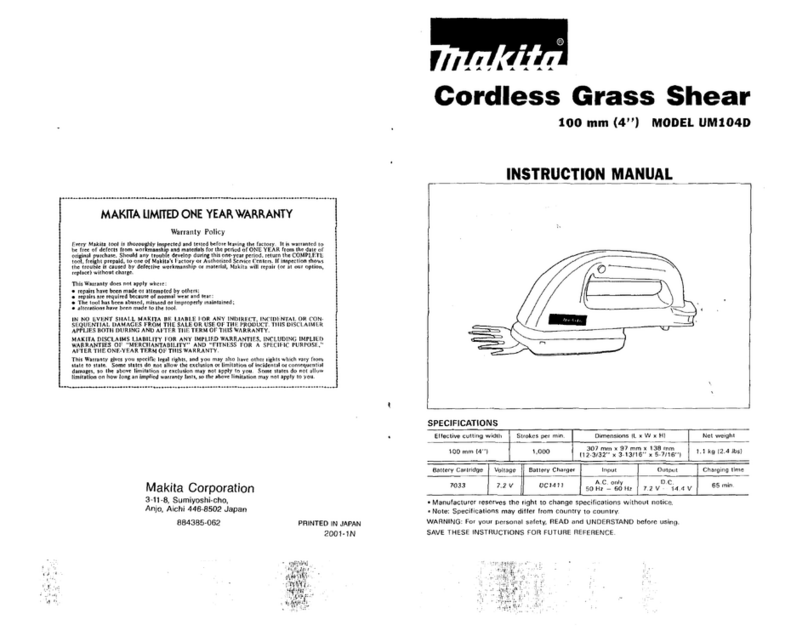15802
15803
15801
10
Accessories
Filter insert, mesh size 0,44 mm
The self-cleaning filter insert can be easily placed
into the basic GRS.
Passing through the vertical filter insert the rain-
water from the roof will be cleaned in the GRS
from debris > 0,44 mm. The barrel only receives
filtered rainwater.
The unique WISY-construction will cause the dirt
to be washed away with a little amount of water
automatically to the infiltration or to the drain.
Because of the patented self-cleaning filter-
principle the filter insert is of a very low mainte-
nance, but not free of maintenance. In the case
of lots of pollution on the roof more cleaning is
demanded (dishwasher or brush and detergent).
For placing the filter insert into the GRS or for cleaning it slip the up-
per housing up and take the insert out of the housing. When cleaned
replace it in the same way.
Art. No 15801 (fits for all sizes of GRS)
Blind insert
The blind insert of stainless-steel stops the
rainwater flowing from the GRS into the barrel. If
you place the blind insert into the GRS-housing
the rainwater will be diverted completely to the
infiltration or to the drain.
The blind insert can easily be placed into the housing in the same
way as the filter insert. If the GRS is equipped with a filter insert
the blind insert will substitute it.
Art. No 15802 (fits for all sizes of GRS)
Connecting hose to the rain barrel
For connecting the GRS-outlet directly to a
rainwater barrel. UV resistant, plastic spiral hose,
total length 32 cm (9 inch) with tension ring.
Art. No 15803


